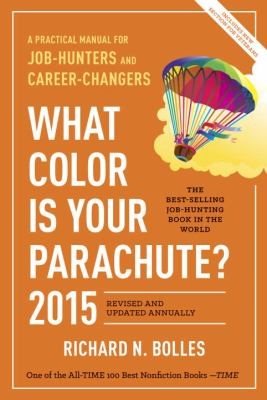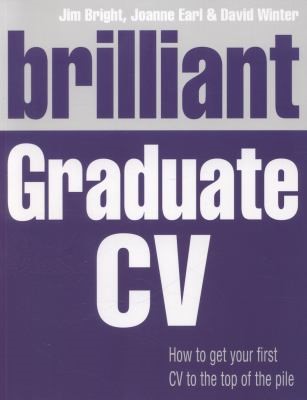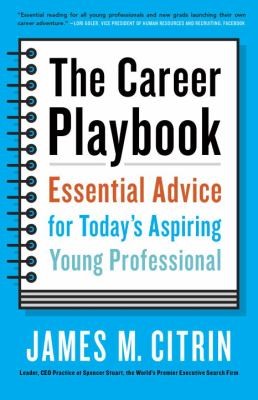
|
The author, who coined the term “transferable skills”, uses the parachute metaphor in the book title to refer to changing jobs or careers. The book appeals to job seekers as well as career changers. The 11 chapters and 6 appendices guide you to not only write impressive resumes and cover letters, but also build personal networks and perform in interviews.
Highlights include “Google is your new resume” (Ch. 2), “Sixteen tips about interviewing for a job” (Ch. 4), and “You need to understand more fully who you are” (Ch.7).
|
 |
Catering for university graduates with little work experience, the book helps you craft persuasive CVs with examples. Beginning with an introduction of the general features in a CV in Part 1, the book guides you how to refine a CV in Part 2, followed by tips in content selection in Part 3 and suggested job search resources in Part 4. “Brilliant tips” in boxes from human resource experts are abundant throughout the chapters.
Highlights include “Making the perfect fit” (pp. 81-106), “Presenting your CV” (pp. 107-120), “Job application letters” (pp. 157-162), and “Addressing selection criteria” (pp. 165-176).
|

|
Informed by interviews with industry professionals and leaders, this tripartite book provides first-time job seekers with an overview of the different career phases and advice on how to land a job. You will learn how to reflect on yourself and apply appropriate strategies for personal development so as to start your career in the right place.
Highlights include “The six phases of your career” (pp. 17-28), “Overcoming the Permission Paradox: You can’t get the job without experience, but you can’t get experience without the job” (pp. 76-82), and “The art of the interview” (pp. 95-111).
|

|
The book gives a lucid account of a common type of job interviews – the case interview. Incorporating 40 strategy cases, you will learn specific case interview skills as well as general ones. A few chapters are dedicated to prominent frameworks for analysing cases including the Ivy Case System, the BCG Matrix, and Michael Porter’s Five Forces, which make the book particularly valuable. In addition, you can try to put theory into practice through analysing practice cases.
Highlights include “The interview” (Ch. 2), “Case questions” (Ch. 3), and “The Ivy Case System” (Ch. 4).
|
 |
The primary aim of the book is to help you tackle various interview questions. The book hooks the readers with an introduction about the author’s pre-interview preparation experience, vividly illustrating how to predict questions by context and theme through brainstorming. You will gain insights into interpreting and answering difficult interview questions. In addition to worksheets and exercises for preparing interviews, you will learn how to customise your resume for different job positions.
Highlights include “Behind the scenes: Into the interviewer’s mind” (pp. 51-72), “The telephone interview” (pp. 125-130), “Great answers to special challenge questions” (pp. 171-176), and “Great questions to ask hiring managers” (pp. 187-198).
|

|
The book guides you how to better equip yourself for jobs through developing realistic awareness of your capabilities. The initial chapters explain three main employability assets which are knowledge, skills, and the mindset, followed by a section about how to develop the assets and a section about their application in the workplace. Case studies and various activities can help you identify your learning needs and actions for personal development with reflection tips.
Highlights include “Understanding employability and your development needs” (pp. 3-12), “Reflection and transferable skills” (pp. 31-53), and “Preparing the evidence” (pp. 153-168).
|